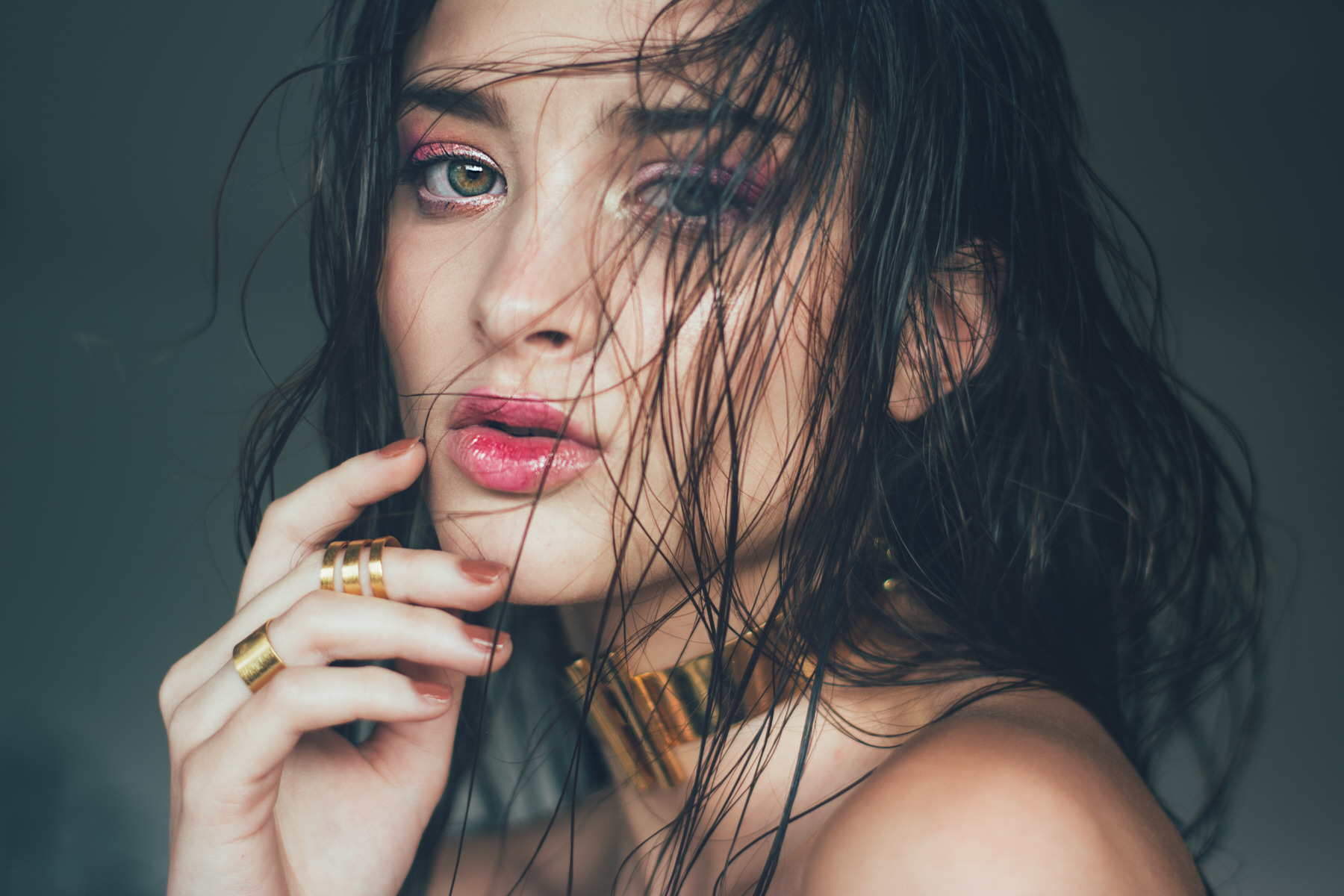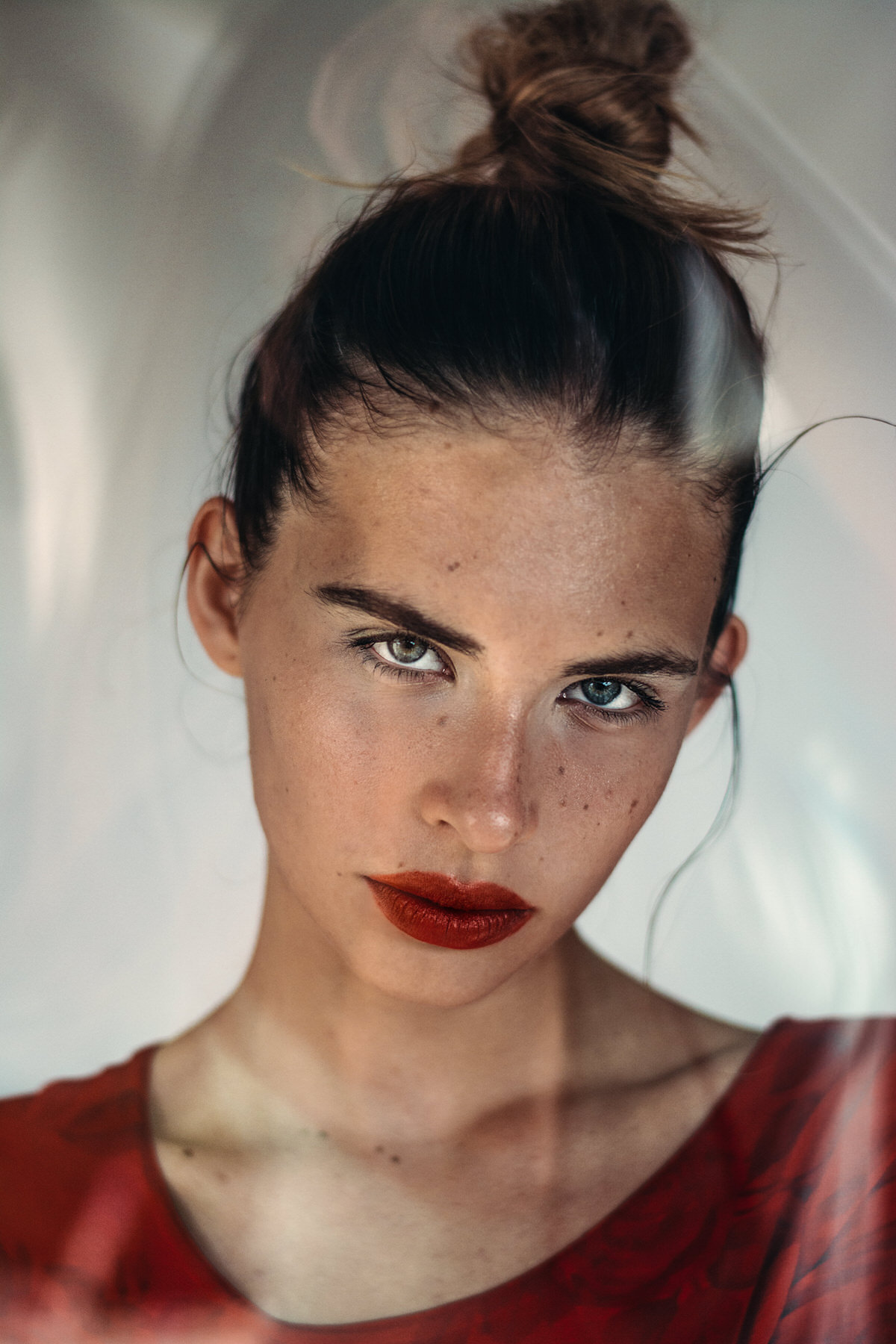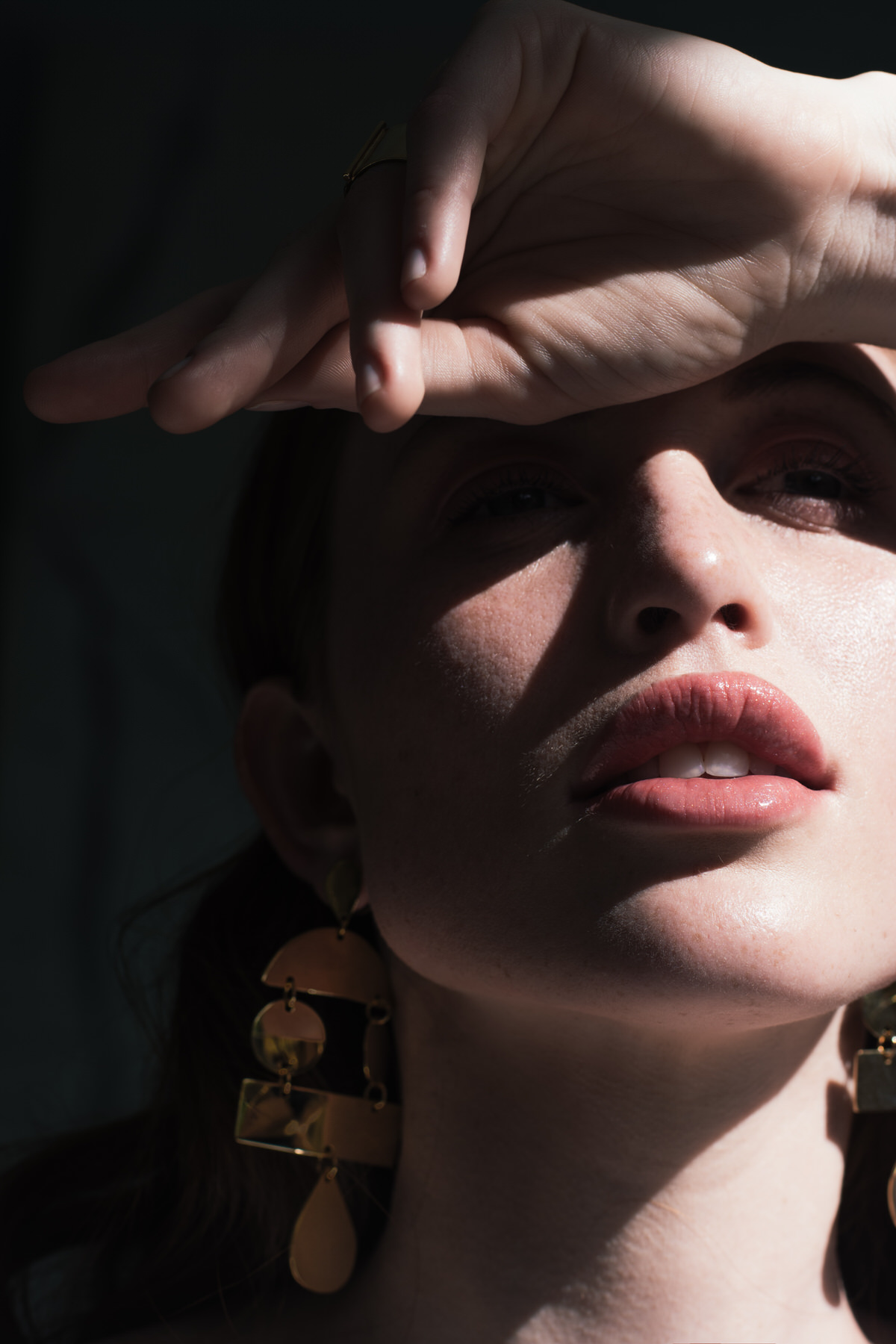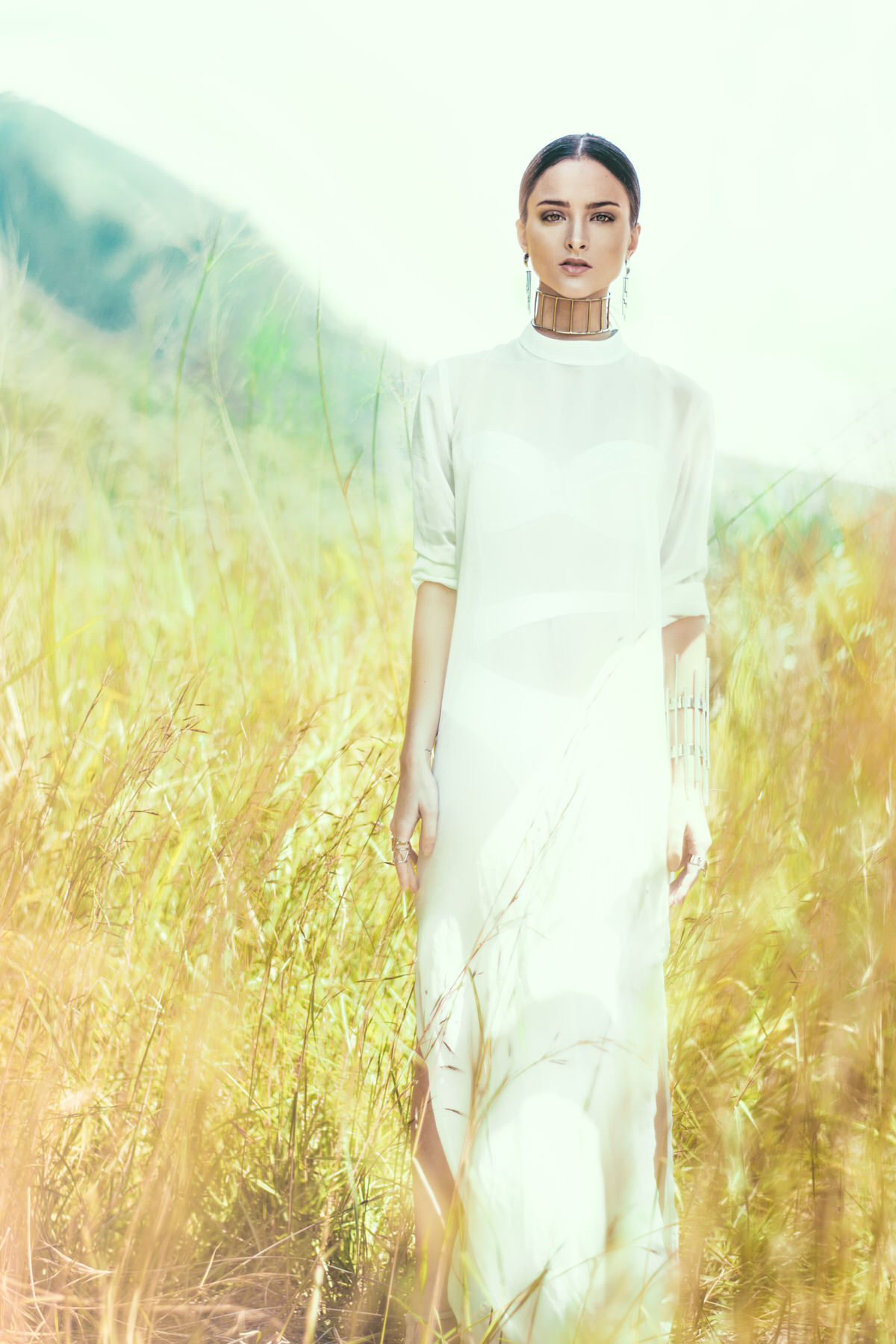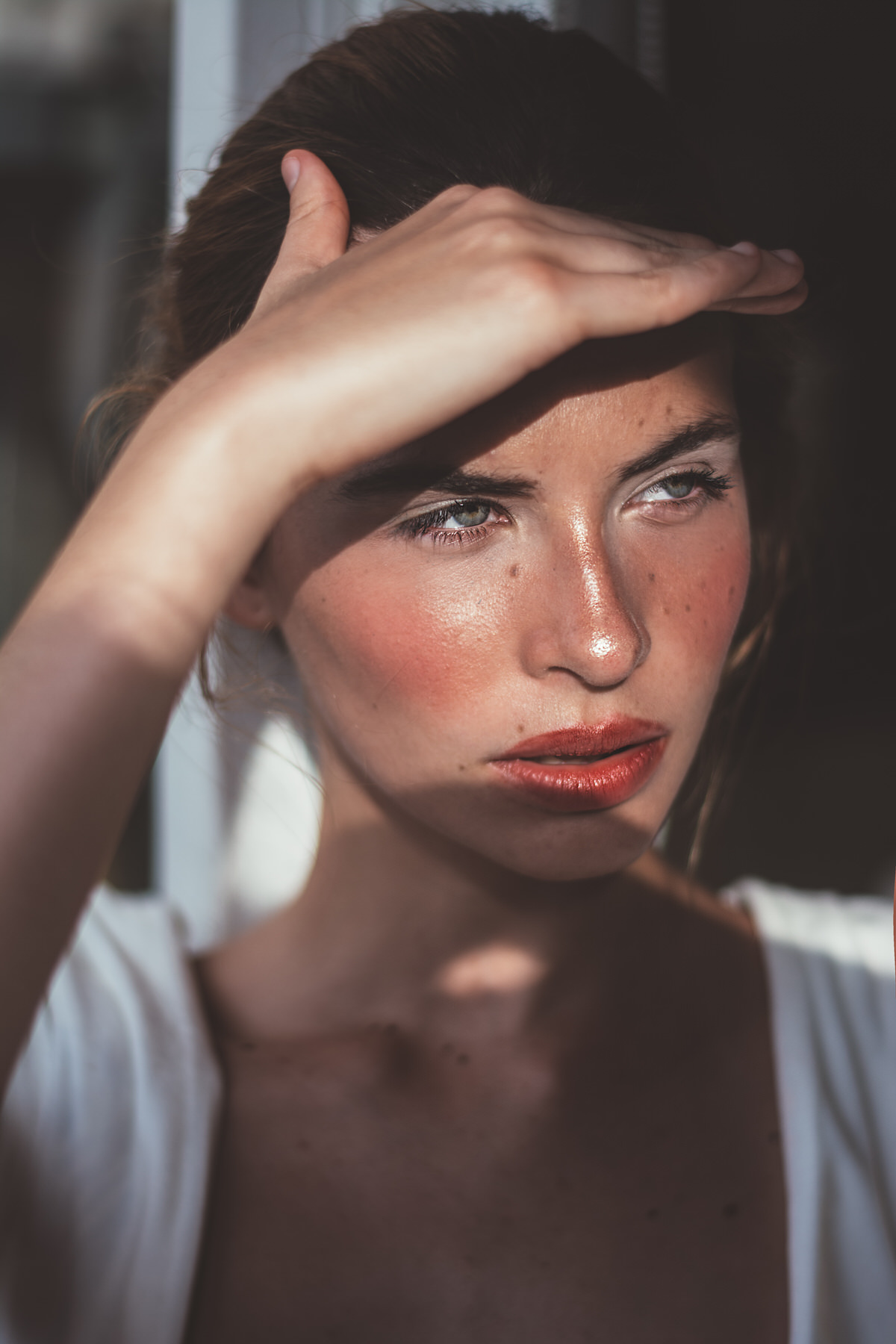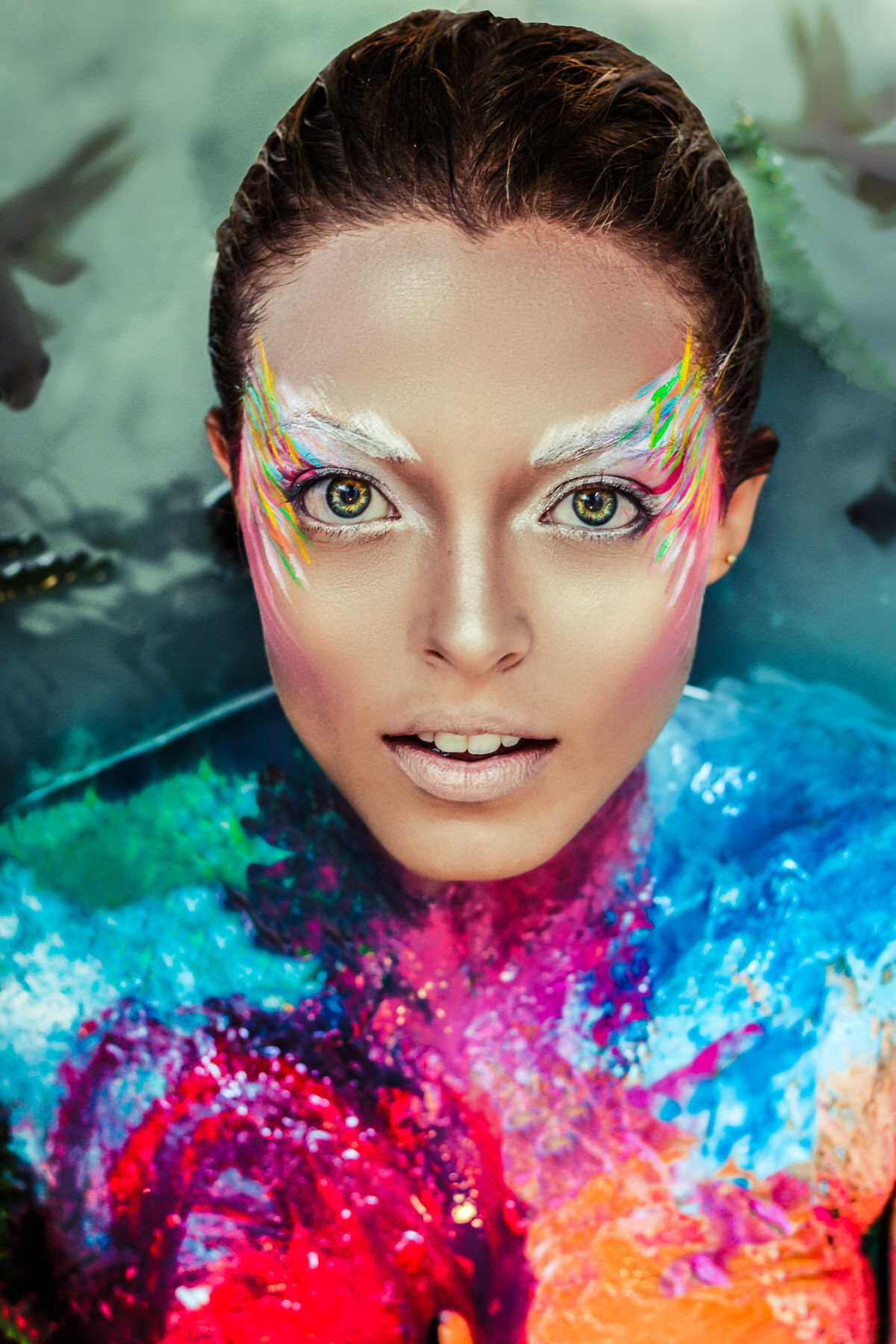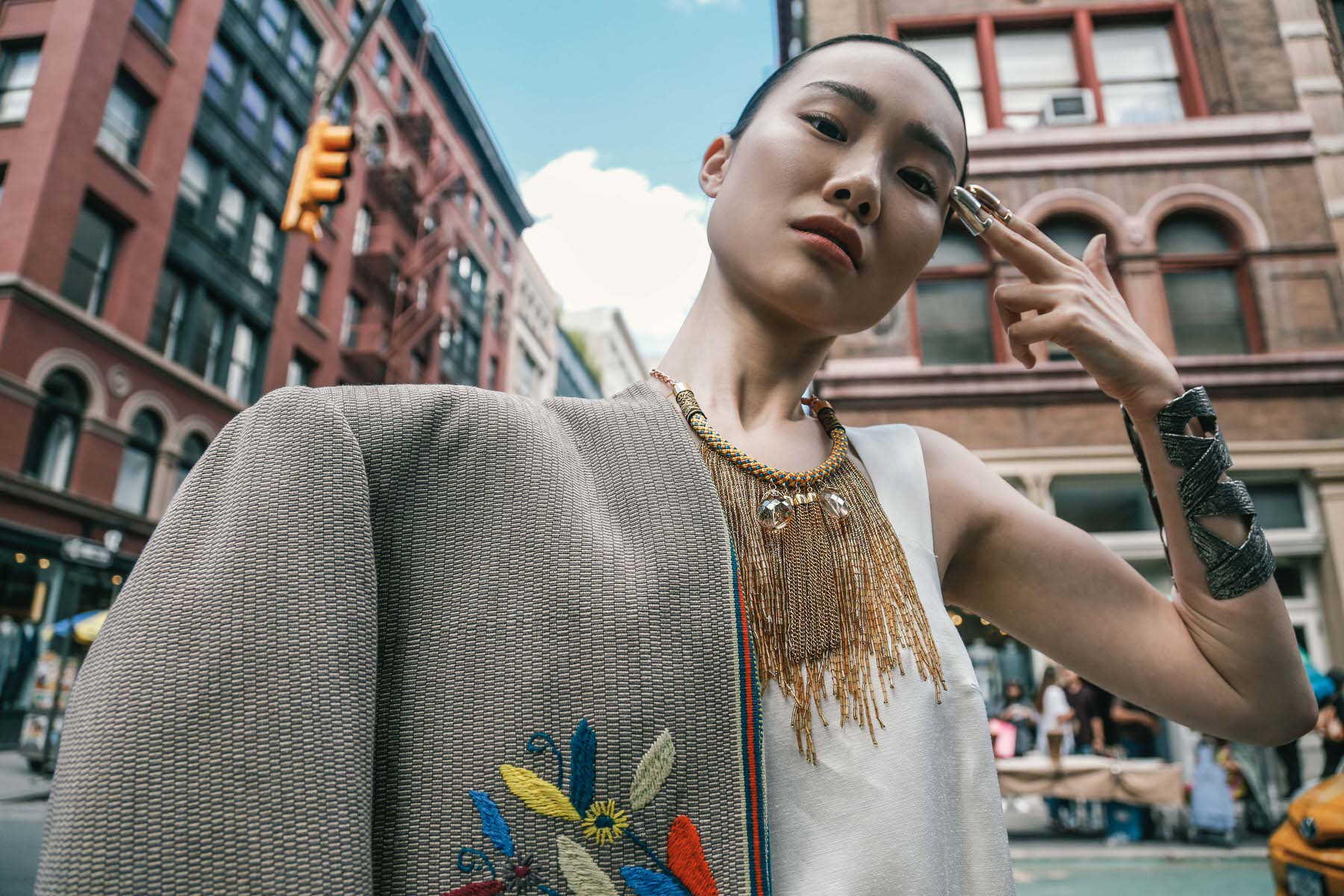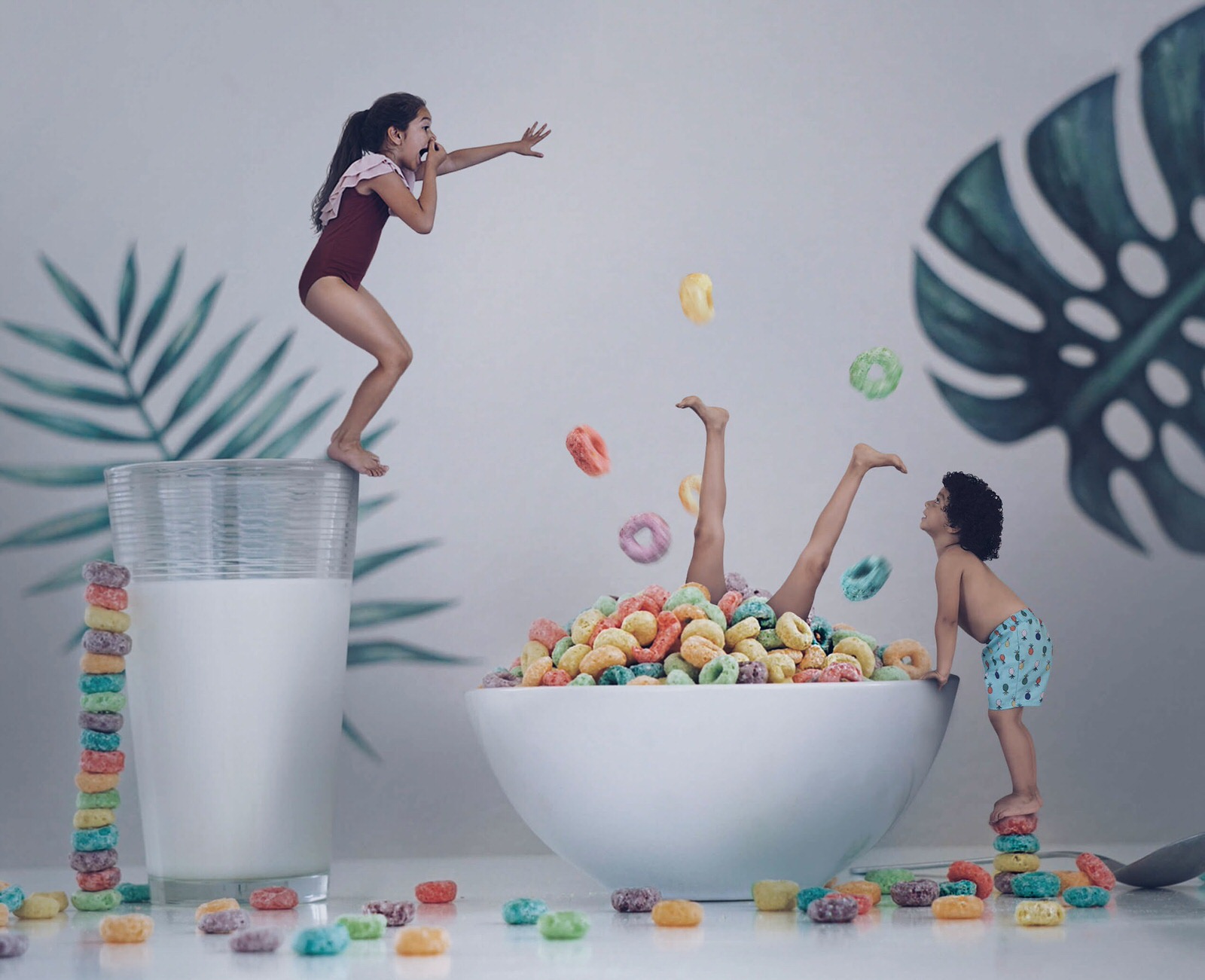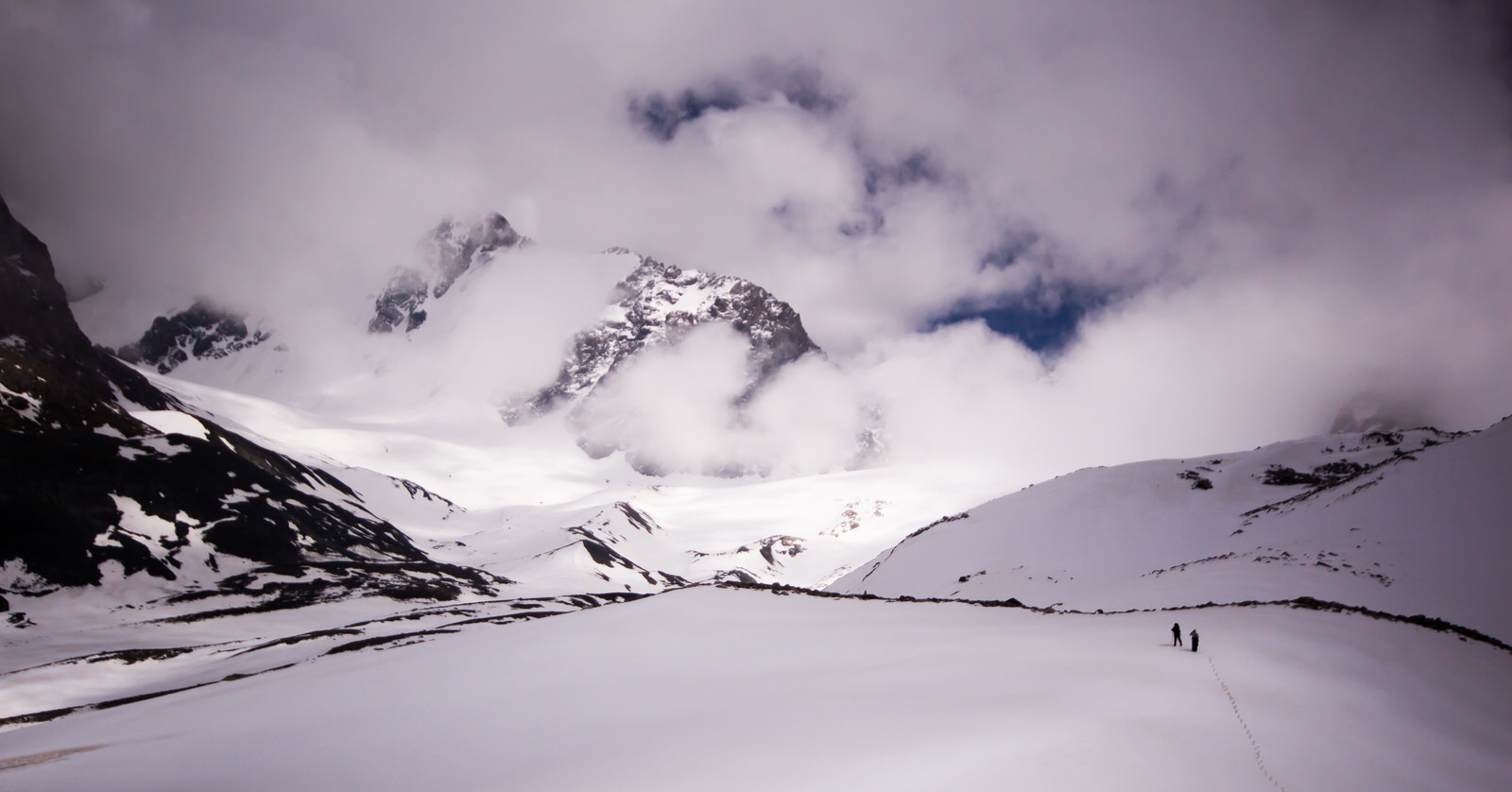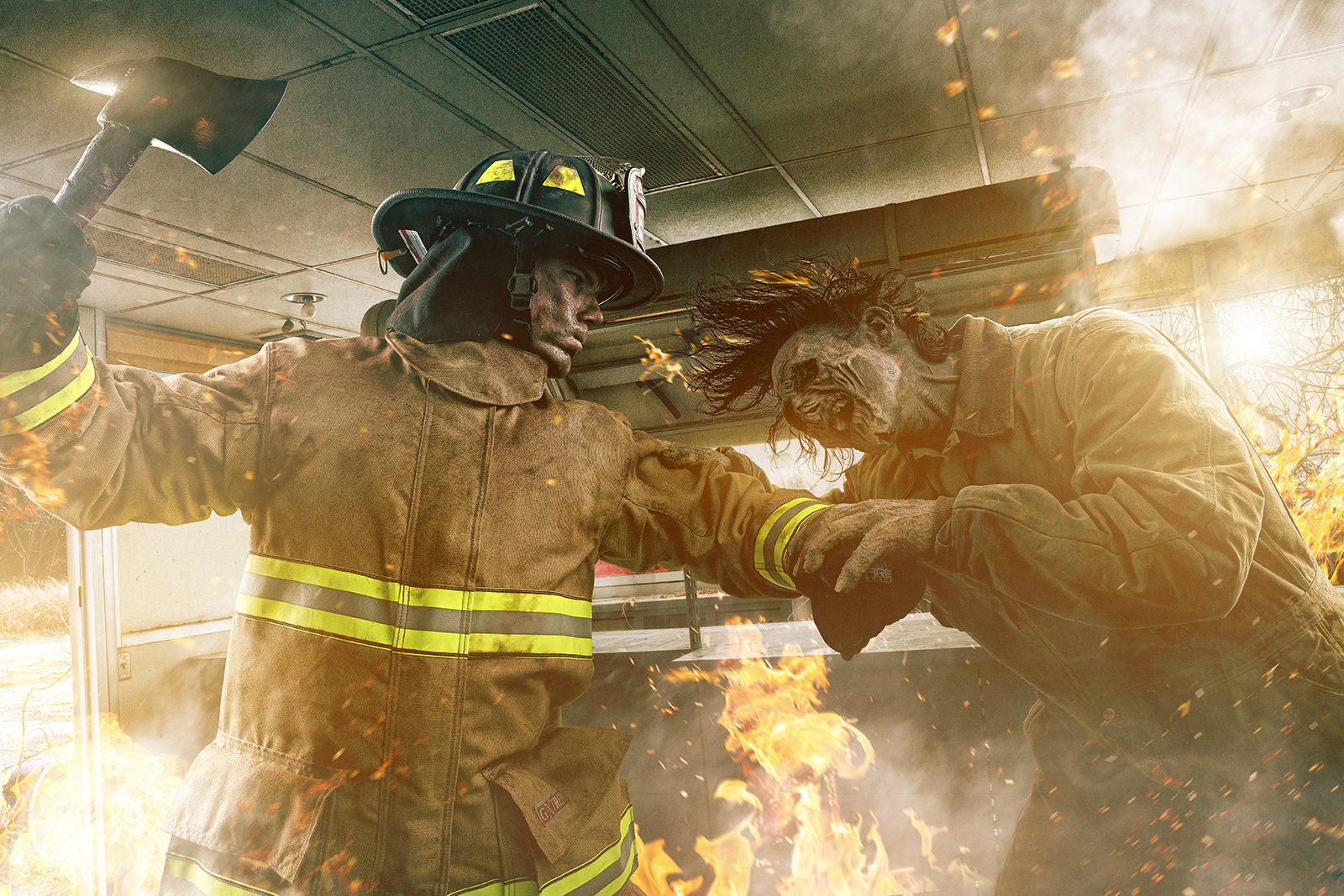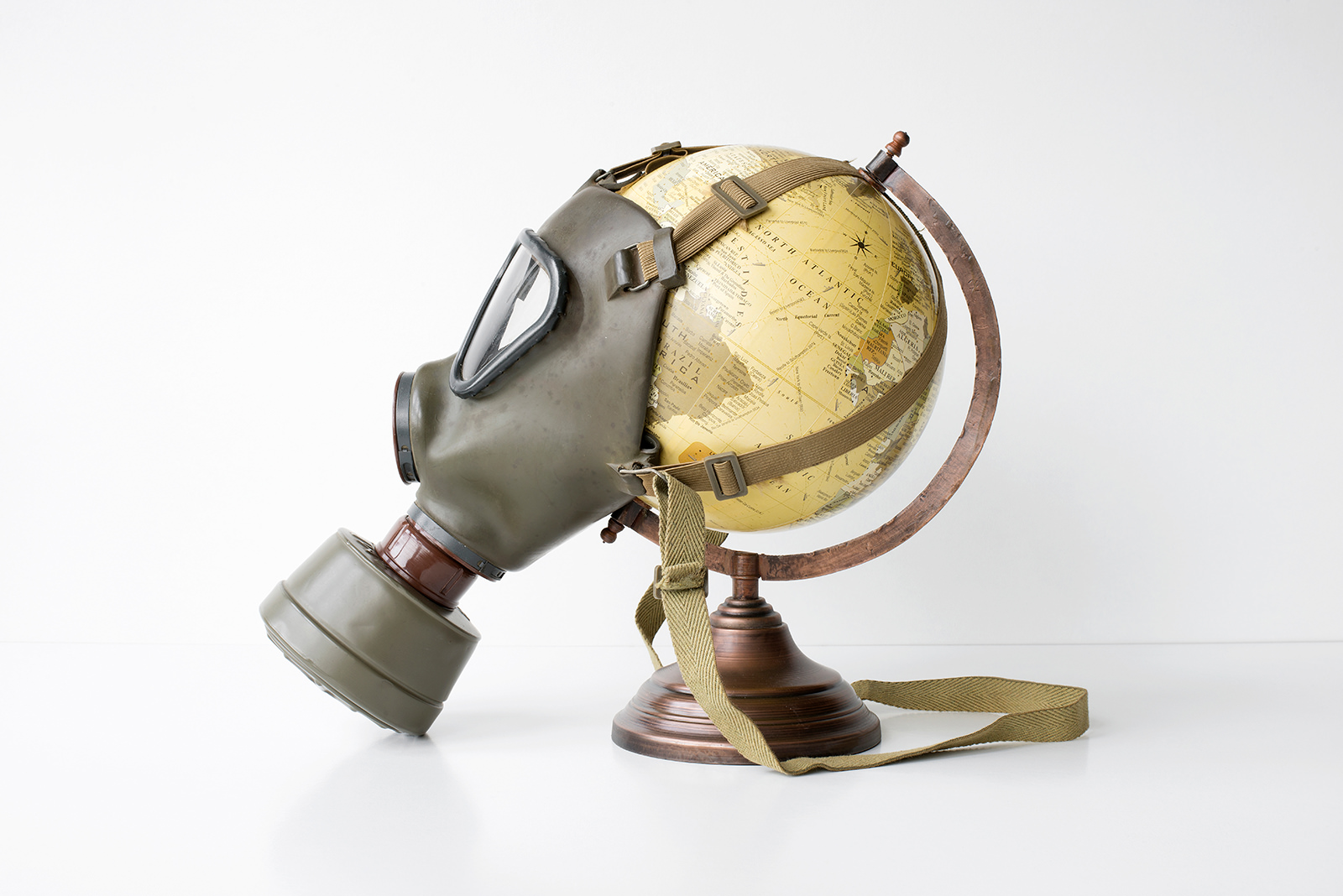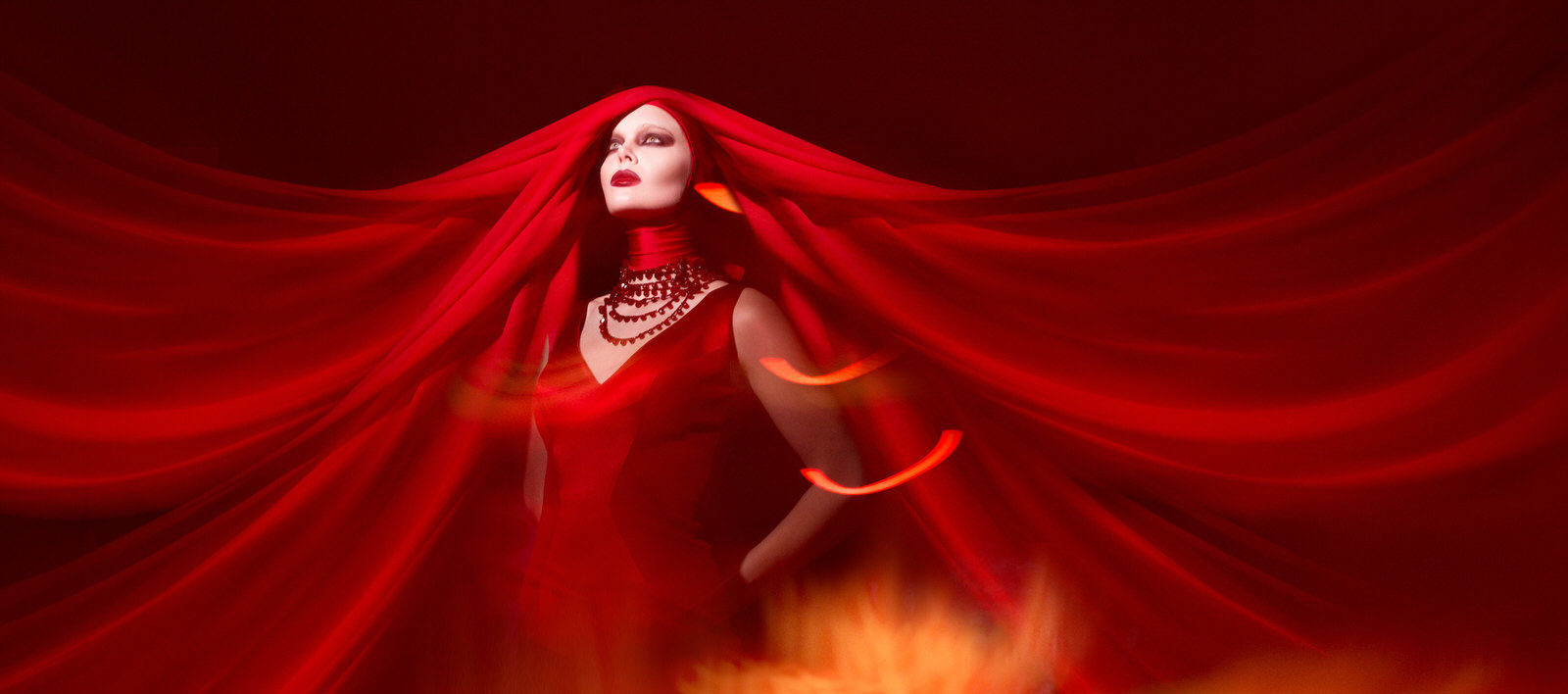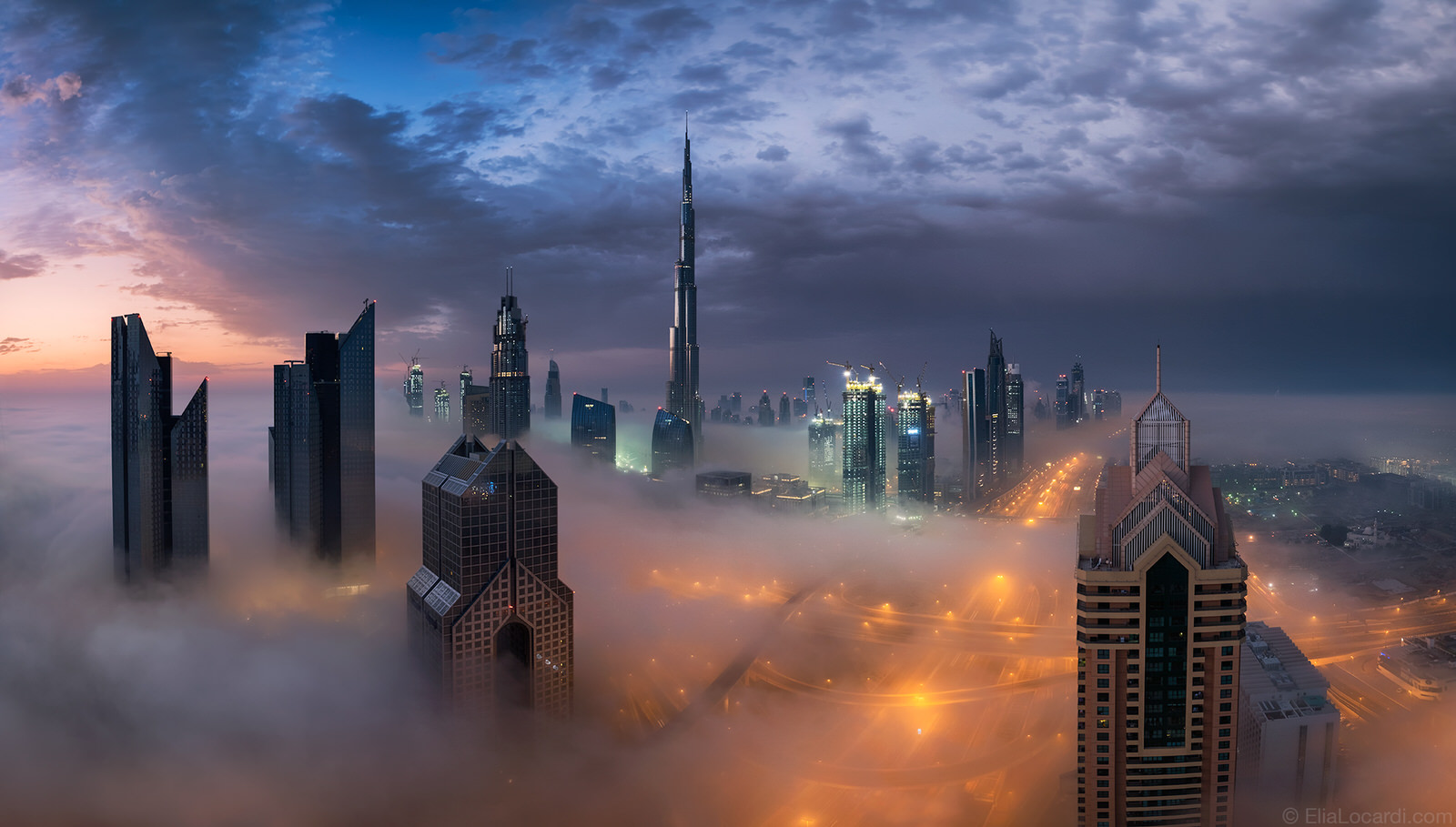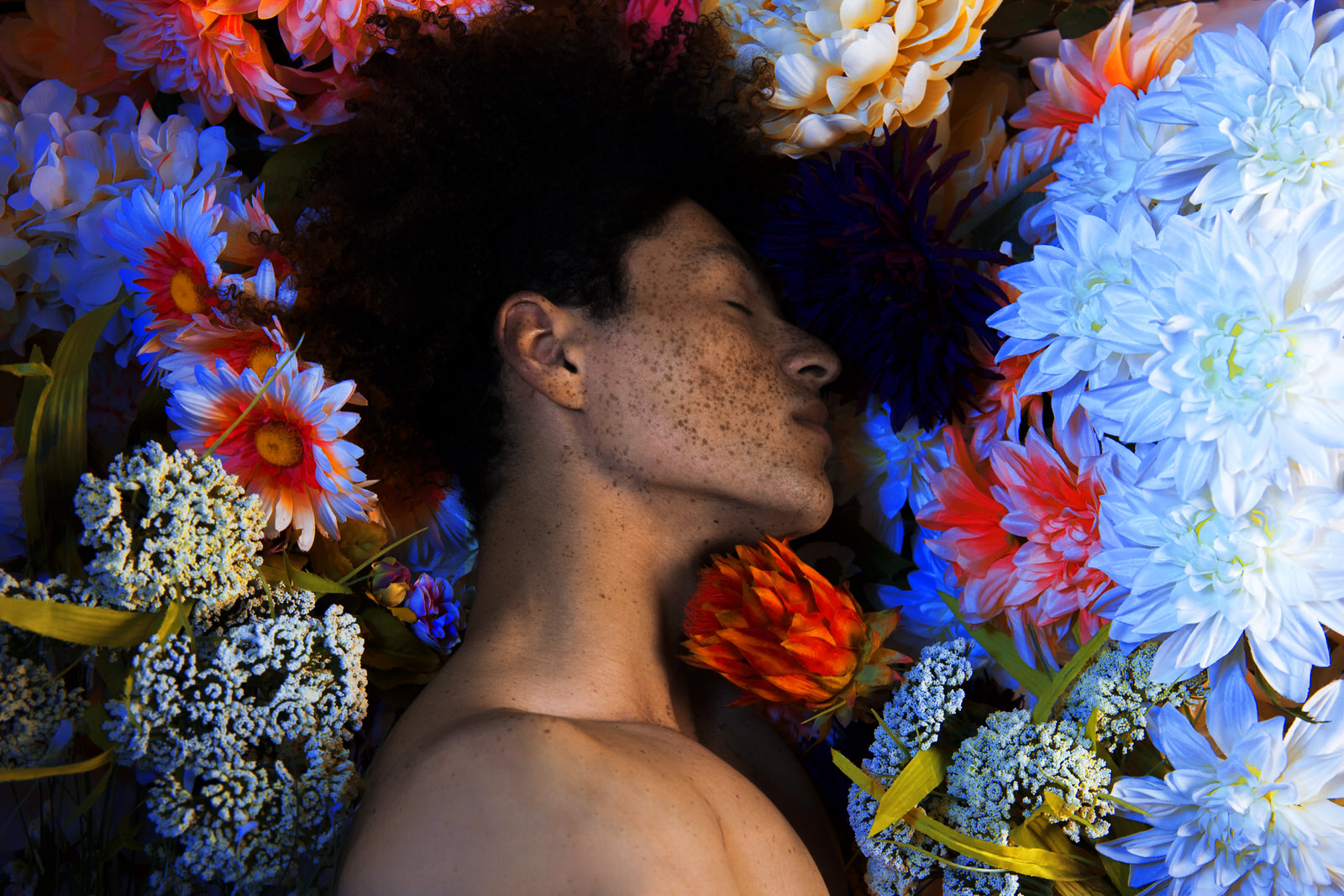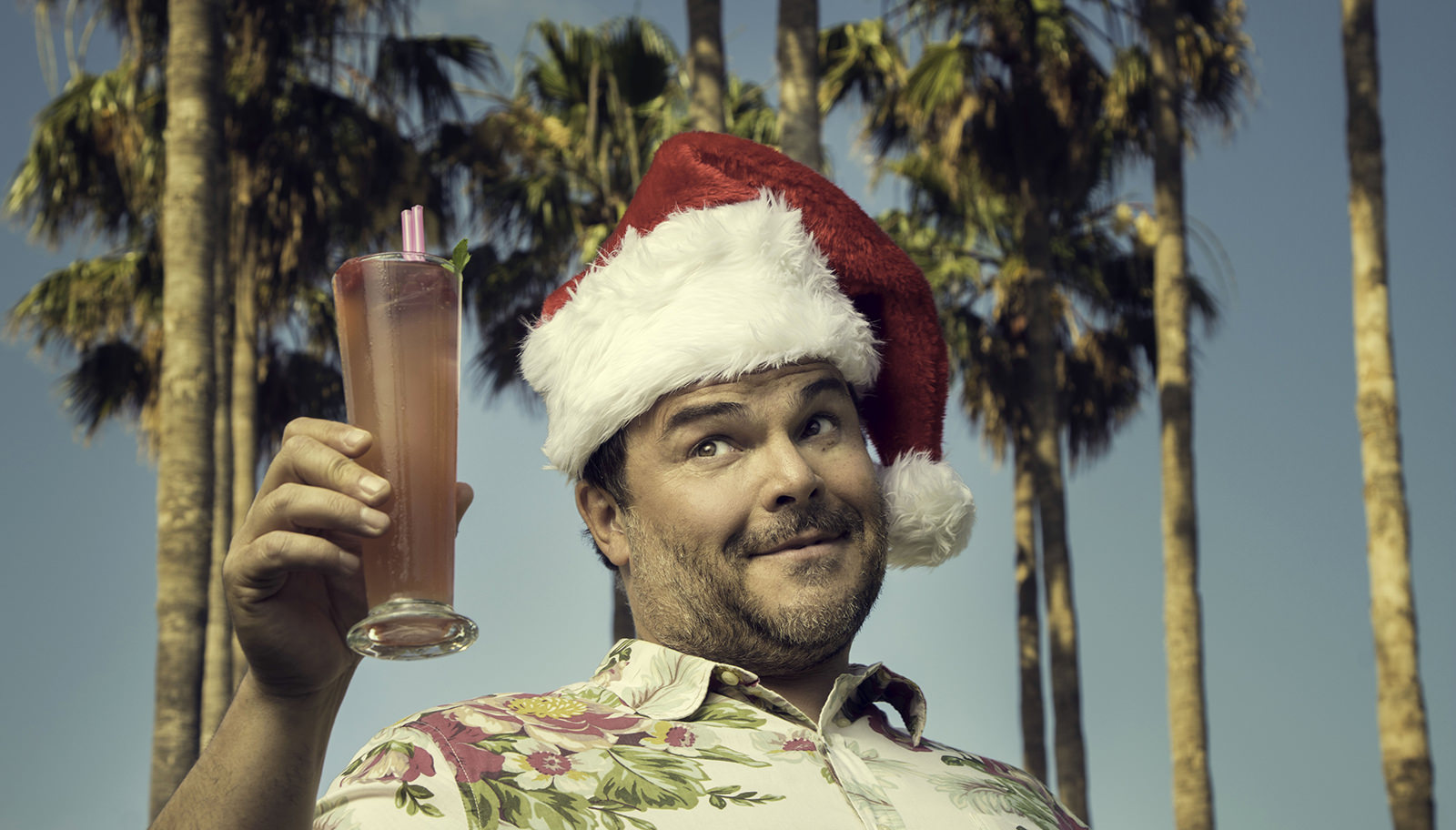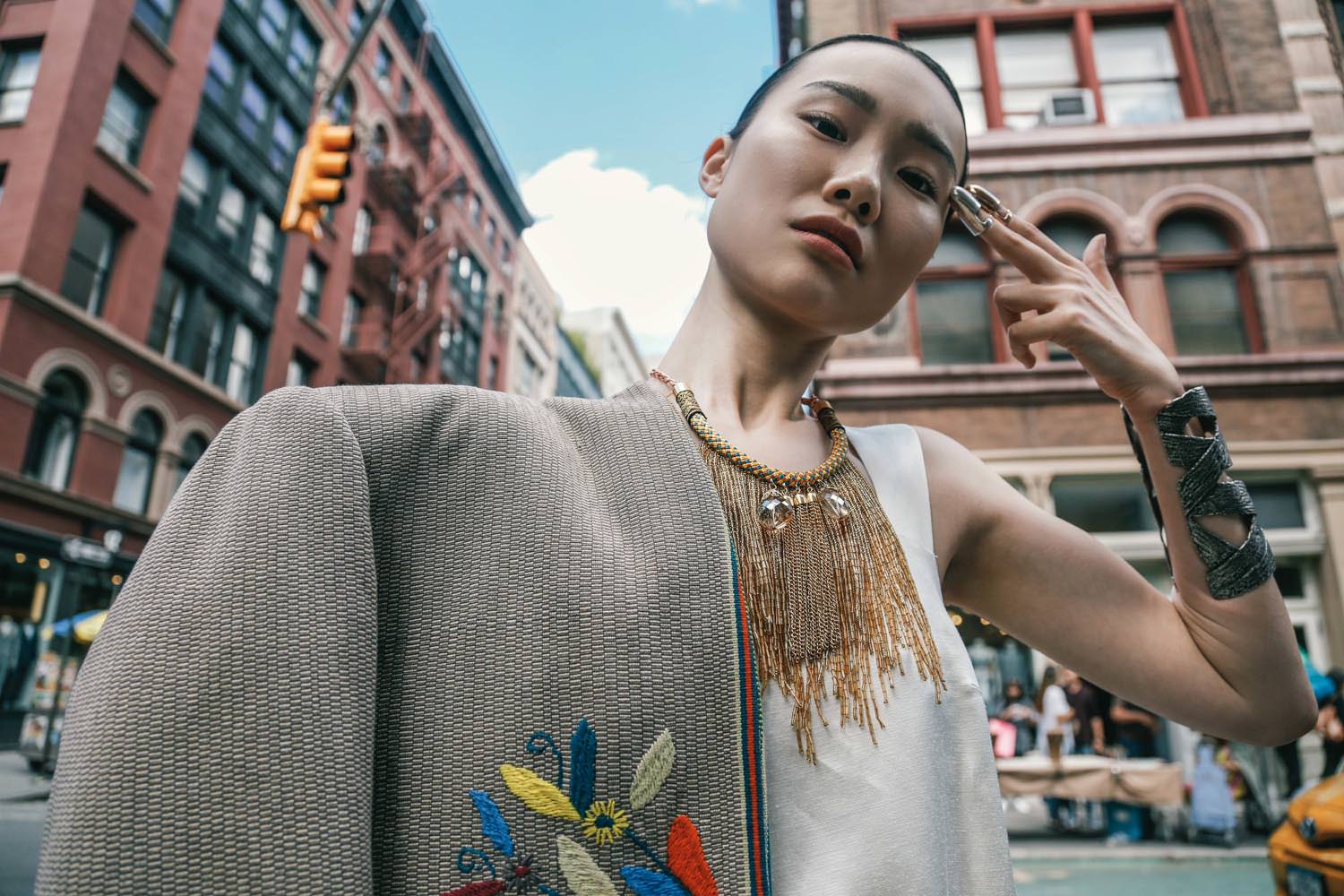
Breaking Away from Stereotypes to Find the True Essence of a Model with O. Luna Navarro
O. Luna Navarro is a Venezuala-based portrait photographer. Though hailing from a country not entirely equipped to support those in creative fields – finding a camera, let alone camera lens, is nearly impossible in Venezuela, she shared – she has dedicated herself to learn photography through PHLEARN tutorials and the direct influence of mentors like renown fashion and portrait photographer Jason Kibbler.
In our interview, Luna talks about her unorthodox way of scouting models; how her work can serve to undo stereotypes; and what she does to overcome creative hurdles.
What’s one quote that fires you up? Or another way to think of it is, what’s some sort of mantra or phrase that you repeat to yourself that’s of importance to you?
LUNA: What I always say is, “move on.”
Even when I get stuck on something, it could be worse. That phrase is my go-to inspiration in a way, because I don’t like to get stuck on things. In terms of photography, when someone’s not happy with my work or something like that, I know it’s something that happens to everyone. If there’s something I can do to fix it, then it’s not that bad. I would say, it could be worse, just move on.
When did you start to think of yourself as a photographer?
LUNA: Well, I spent about two years taking pictures with cameras belonging to my friends. Because I’m in a third-world country, to buy a camera is more expensive than in other places, and it’s not something that you can just go…like we don’t have a store where you can buy a camera. So my friends used to travel around the world and their parents had cameras, but they didn’t even use them. So what I did is that I took a lot of pictures with my Blackberry and stuff, but I wanted to take it to another level so I started taking pictures with my friend’s cameras.
At one point, I literally created a portfolio for my parents and said, “I love this, I really love taking pictures. I’m gonna take it seriously.” I spent two years building out a portfolio for my parents. When I was 17 I graduated from high school, and they said, “okay, you can have your own camera,” and they bought me my first camera, the only camera I’ve ever had; it’s a Nikon D5200.
A year later I did my own project with my own ideas. I set up a place, I looked for a model, I set up everything and, by that time, I knew how to use a camera in manual. And I realized that this is what I loved to do. This was my first photoshoot for me, a real one. I was 18 at this time.
I realized I was good because people really engaged with the pictures. People started calling me to say, “I want pictures, honey!” And I didn’t even charge for pictures because I thought I can’t charge because I’m not a professional photographer, and I don’t know what I’m doing. I studied Law, so I have never been in university for photography or arts or anything. So, for me, it was something that came out of the blue. I took pictures and I was good, but I didn’t even know why I was good. Then I got to know photographers who went to huge schools like SCAD or Parsons, and they weren’t as receptive of me. That’s when I began to take it more seriously because I knew I was good. I’m trying not to sound shallow…I think that’s the word.
No! I think it’s awesome to know when you’re good at something. Some people struggle a lot with self-doubt and they don’t even let themselves do the thing that they’re good at, because they talk them out themselves out of it. The fact that you recognized you had a talent, this skill, and developed it is really cool. It would be cool if more people had your mentality.
Who are some of the photographers that you feel were supportive of you, and were an inspiration to your own work?
LUNA: Locally, in Venezuela, it was Conrado Veliz is one of the names. He’s now in New York. I loved his photography. He did a lot of Photoshop and stuff, and wasn’t doing the high-fashion stuff that is popular in Venezuela.
But the number of photographers in Venezuela are like 10. There aren’t that many people pursuing photography here because it is hard. I asked many photographers here if I could assist them, or do some a type of internship, but they didn’t want to take me. I had all the tools on the internet, but I wanted to go to a real, big production here in Venezuela, but they didn’t let me.
On the international level, I love the American photographer Oriana Layendecker. She doesn’t do the biggest brands ever, but I love her work, and I was able to email her and I did a little interview with her. She’s an amazing photographer. In general, I love Mario Testino, or Jason Kibbler, but I think that Oriana Layendecker is my number one.
What is your creative process look like at the very beginning? What does it look like for you when you’re dreaming up an idea of what you want to shoot?
LUNA: Normally, I do a mood board, but I don’t like to copy, so when I want to create something from scratch, something that’s original, I tend to travel. I need to get out of my comfort zone, so I even travel by myself. I just go to a random place, and I look at my atmosphere. I jump into a car and I start looking for locations to see what inspires me.
To be honest, even if I create something in my mind and have the mood board ready, everything turns out in a different way. I don’t know why but everything comes out of the blue. I could have everything detailed and know exactly what I want, and then I put my eye on the camera and it’s like. “Ok, we’re going a different direction.” A totally different direction. I don’t know why. It’s like I when I put my eye on the camera and I see the model, I see her face, and see her expressions in the camera, I get to know her a little bit more. I see a new character in front of my camera. Everything I thought of her, because of her pictures on Instagram or whatever, I erase. I erase everything I know and there is another person in front of me.
What is your process for finding models for your shoots?
LUNA: I have one or two agencies that send me photos of models to consider, but I also go to places and start looking for models. Here the stereotype of a model is different than what I like. Here it’s like Miss Venezuela and international pageants. So, I literally go to parks and start, like, stalking people, saying, “hey, don’t be afraid of me!” Sometimes they call me back and sometimes they don’t.
And do you primarily shoot female models?
LUNA: Yeah, it’s hard here, I don’t know why, but boys here are not my type. I haven’t met a guy that I’ve wanted to shoot here. Here they are like all muscle and it’s not my way to go in photography, it’s not my style; the underwear-Calvin Klein kind of stuff.
What do you do when you run into obstacles as you’re taking photos or coming up with a concept for how you want to shoot?
LUNA: It almost happens to me every month that I think I’m not good enough for this, even though I know I’m good. Recently, I just stopped. I literally stopped for two months. I didn’t look at the camera, not because I didn’t want to, but because I needed to clear my mind and figure out why I was stuck. It’s happened to me in the past, too, so I just take the camera and put it away, and I just start going out, and I start looking at my pictures and listening to music. I try to change how I view everything.
For example, the last time this happened to me was in November, and I really didn’t take any pictures. I wanted to figure out why I wasn’t liking my pictures. I did four photo shoots and I saw that they weren’t me, I wasn’t able to see myself in the pictures. So I started taking trips, and I started going out with my friends, and talking with other photographers. I even started taking videos…even though I’m really bad at editing videos. Then I started taking pictures again about a month ago, and it was all fresh. I figured out what I didn’t like. I didn’t like that I was putting too much makeup on the models, so they, for me, were looking like fake pictures. I wasn’t getting the essence of the model in my picture.
Now I have a new rule where I don’t like any kind of heavy makeup on the model, unless it’s like a makeup tutorial or a makeup editorial, something like that. I want to see the skin of the girl. I want to see her.
Do you have any book recommendation that you think any creative person needs to read?
LUNA: The reality is that I study Law (I know, you did not expect it) and therefore I spend most of the day reading things related to my career and I do not want to read something for pleasure.
However, I love documentaries on Netflix. I would recommend the Iris Apfel documentary because I think it’s an amazing way to see how the press thought she was weird, and she had these crazy ideas, but she became one of the most creative and awesome women on earth, in terms of fashion, creativity, and design. I don’t know if you know who she is, but she’s amazing. In the documentary you can see how, even when she was younger, she was separate from everyone just because her ideas were different and her creative process was incredible.
I think it is a documentary that should be seen by any creative person because it teaches you to see how the world has been homogenized in some way, whether in fashion, design or even photography.
Iris, is a person whose whole life was different because of her style and her way of seeing things and that is what truly made her who she is today.
One of the things that I want to accomplish is to be able to be differentiated from others and I think that is only possible if you are true to your own creativity, essence and style, like Iris.
You were talking about how important it was for you to capture the true essence of your models, which you realized was more possible by not having them in such heavy makeup. But if the camera were turned around to capture you, what would be the essence of that photo?
LUNA: I think I would be running around taking planes everywhere. I’m obsessed with traveling. Even going to a little town thirty minutes away from here is amazing, just jumping into a car and traveling. My friends might think that it’s a bad thing about me because instead of buying a nicer camera I choose to travel. But, I could have a better camera than I have now, but I’d rather travel with my little camera and shoot people and places than buying a $5k camera and being stuck here for like a year or two.
What’s one of your favorite photos you’ve ever captured? And why?
LUNA: I do love the pictures that I’m taking right now because it’s a whole different thing than I used to do. But, there is one picture that was from my first photo shoot, the photo shoot that felt like my first real one. I used PHLEARN on that for everything. I even put Koi fish in it because I remember you had a tutorial of putting Koi fish in a tank. I literally applied like five tutorials from PHLEARN into making the photo. It was a picture I took around 2014, and I love the picture because it was the first time using Photoshop, taking a risk, putting everything in my mind into a picture. And when I saw it, it was exactly what I wanted to do. It’s a really cool, colorful photo of a girl in a bathtub. I put body paint on her, like five different colors of paint, and so when she put herself in the water the paint would flow and make a rainbow of colors. It’s an amazing picture. Right now I would edit it in a different way. She had a lot of makeup, with a rainbow on her face, and Koi fish Photoshopped in the bottom. It’s really cool, but it’s just different than what I’m doing now.
What impact do you hope to make through your work?
LUNA: People think that models should look like Victoria’s Secret, you know? Long legs, or whatever. I think that with my photography what I mean to do is to let people know that even though you’re not the stereotype, you’re beautiful, and you can have great pictures of yourself. I love taking pictures of those people who think that they aren’t not the kind of girl that poses and gets all done up with makeup and glam. You shouldn’t have to be a model to have those kind of pictures.
What is the next challenge on the horizon for you? What are you focusing on in your work?
LUNA: I’m trying to change my way of photography. I’m trying to make everything a little bit more real. Not in terms of editing, more in terms of the picture.
What I want right now is to get out of my country, because it’s really bad here. I’m building up my portfolio to travel to Spain and live there and have my own studio. I’m trying to save up, but it’s really hard in my country. For example, I can’t even do outdoor photography right now. I have to have like four bodyguards with me or someone will mug us. I can’t even buy a $100 lens because they don’t exist here. We don’t have anything here. The minimum wage here is $15 a month.
I am half-Spaniard and half-Venezuelan, so I have dual passports, though my whole family is here, so it’s hard.
You can keep up with Luna’s work over on her Instagram.
